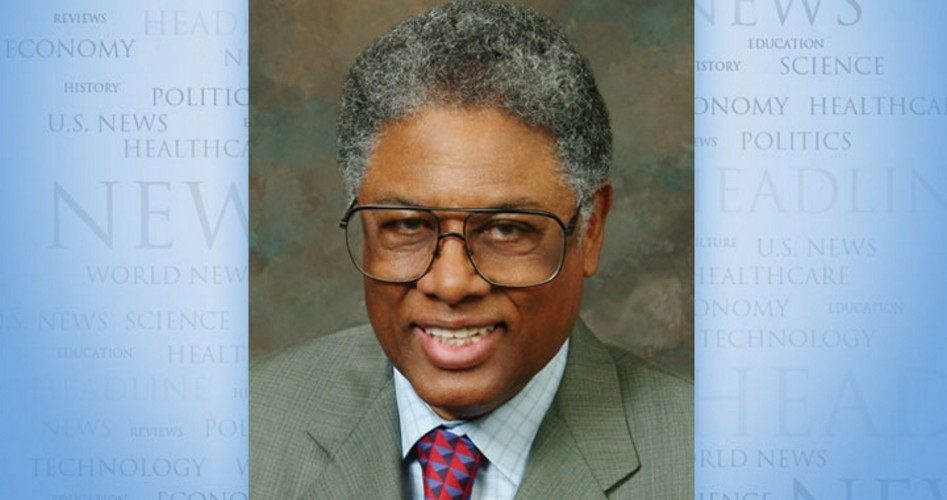
Nowhere is the contrast between Barack Obama, as defined by his rhetoric (“Obama 1”) and Barack Obama as defined by his actions (“Obama 2”) greater than in his foreign policy — and especially his policy toward Israel.
What if we put aside Barack Obama’s rhetoric, and instead look exclusively at his documented record over a period of decades, up to and including the present?
The first thing that is most striking about that record is the long string of his mentors and allies who were marked by hatred of the United States, and a vision of the world in which the white, Western nations have become prosperous by oppressing and exploiting the non-white, non-Western nations.
The person most people have heard of who matched that description has been Jeremiah Wright, whose church Barack Obama attended for 20 years, and was still attending when he began his campaign for the presidency. But Jeremiah Wright was just one in a series of mentors and allies with a similar vision and a similar visceral hostility to the West.
Barack Obama was virtually marinated in that vision from childhood. His mother clashed with her Indonesian husband when he began to move away from his earlier anti-Western radicalism and to work with Western businesses investing in Indonesia.
As a counterweight to whatever ideological influence her Indonesian husband might have on her son, she extolled the virtues of his absent Kenyan father, who remained a doctrinaire, anti-Western socialist to the end.
After Barack Obama was sent back to Hawaii to live with his grandparents at age ten, his grandfather introduced him to a black man named Frank Marshall Davis, who had a long career of anti-American, anti-white propaganda that included a stint as a member of the Communist Party. Davis was Obama’s mentor on race throughout his adolescent years, until Obama left for college.
The progression of such mentors and like-minded contemporaries continued as Obama went through Occidental College, Columbia University and the Harvard Law School.
These included Professor Edward Said at Columbia, a spokesman for Palestinian terrorists, and Professor Derrick Bell at the Harvard Law School. Bell was an advocate of so-called “critical race theory” — an uncritical mishmash of notions by a man who said that he saw his role as deliberately annoying white people. Barack Obama literally embraced Professor Bell at a public gathering.
After Obama went out into the world and worked for a time in a private business, he regarded himself as being, in his own words, “a spy behind enemy lines.”
Later, when he began his political career by running for state office in Illinois, his campaign began with a fundraiser in the home of Bill Ayers, who had been a domestic terrorist who planted bombs in public places, including the Pentagon.
When this association was later revealed, Obama said that he was still a child during Ayers’ years as a terrorist. But Obama was by no means still a child when Ayers defended his years of terrorism in a statement that appeared in the New York Times — ironically, on September 11, 2001.
This is not the Barack Obama that most voters saw and elected President of the United States in 2008. What they saw was a carefully crafted image of a bright, articulate, energetic and genial fellow who would heal our racial and partisan divides. His likability was high and remained so, even after many became disappointed with his policies.
His geniality has carried him over many rough spots. But have you ever heard of a grumpy confidence man? Geniality is a prerequisite for the job.
What many regard as a failure of Obama’s foreign policy, especially in the Middle East, may well be one of his biggest successes. His desire to redistribute wealth domestically is part of a larger ideological vision that includes a redistribution of power internationally.
Obama has long said that the United States plays too large a role internationally. His policies suggest that Islamic countries need a larger role. The troubling question is whether he still sees his own role as “a spy behind enemy lines” in the White House.
Thomas Sowell is a senior fellow at the Hoover Institution, Stanford University, Stanford, CA 94305. His website is www.tsowell.com. To find out more about Thomas Sowell and read features by other Creators Syndicate columnists and cartoonists, visit the Creators Syndicate Web page at www.creators.com.
COPYRIGHT 2012 CREATORS.COM
Related article:


